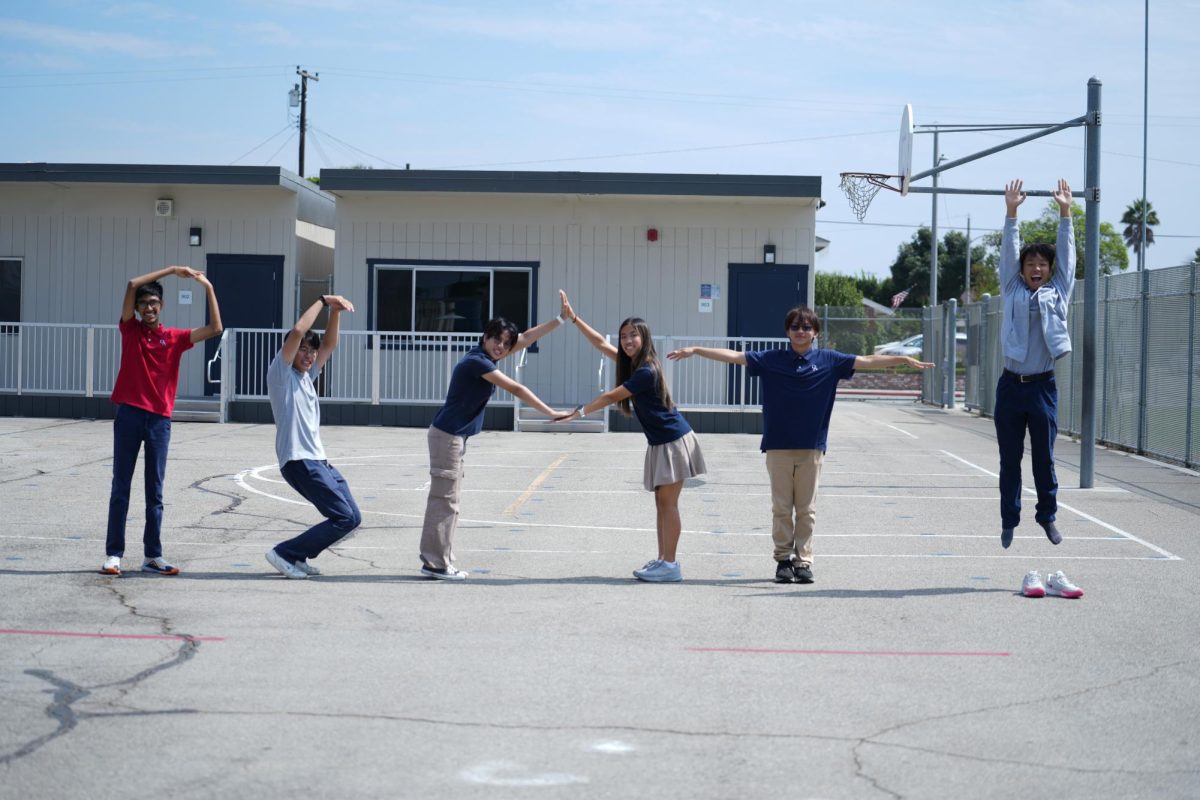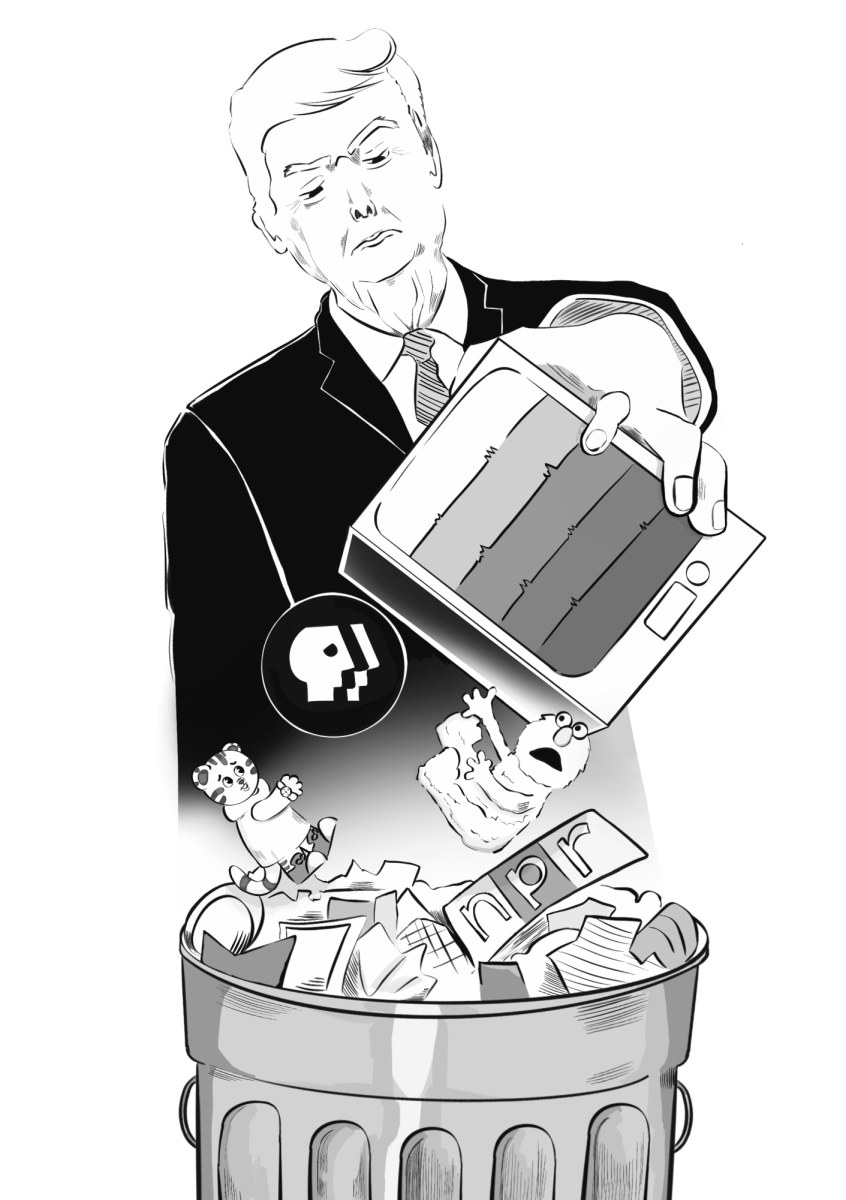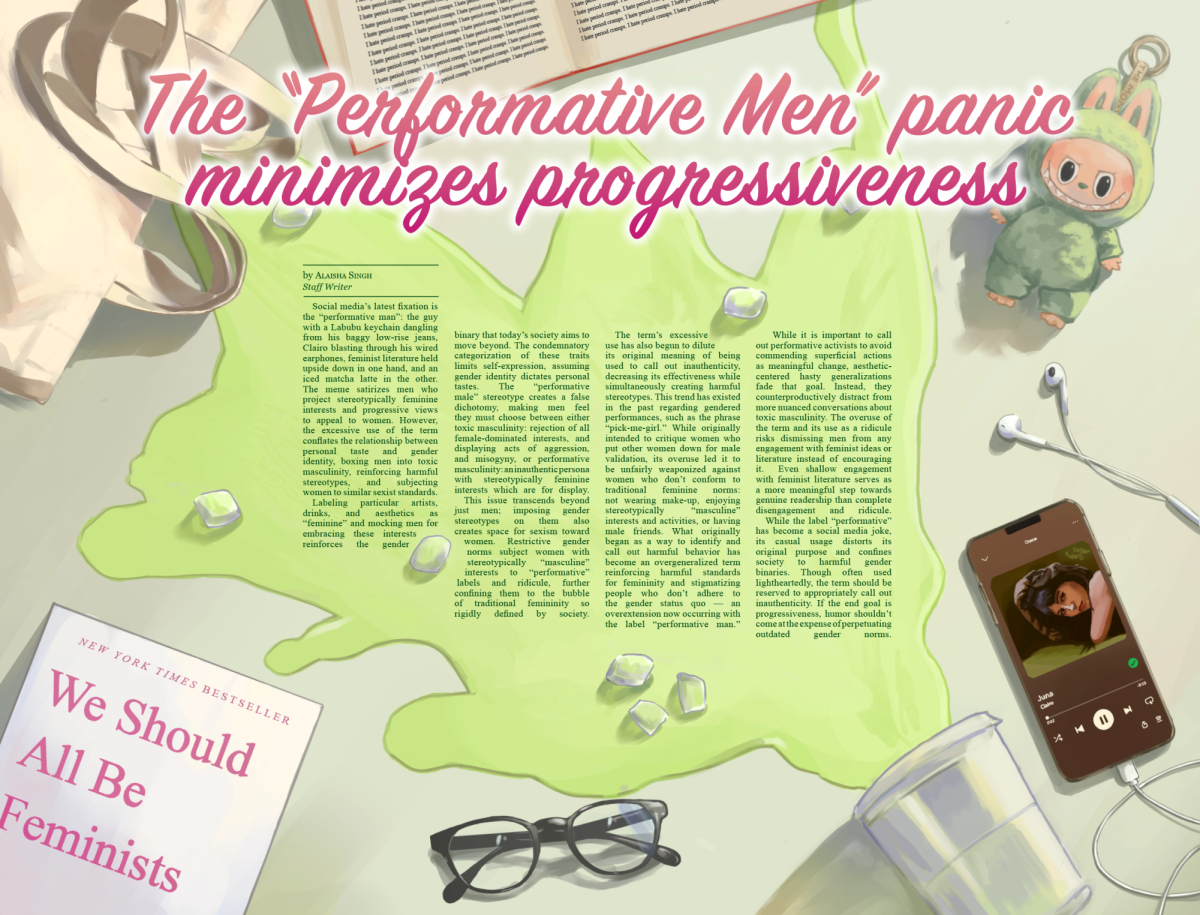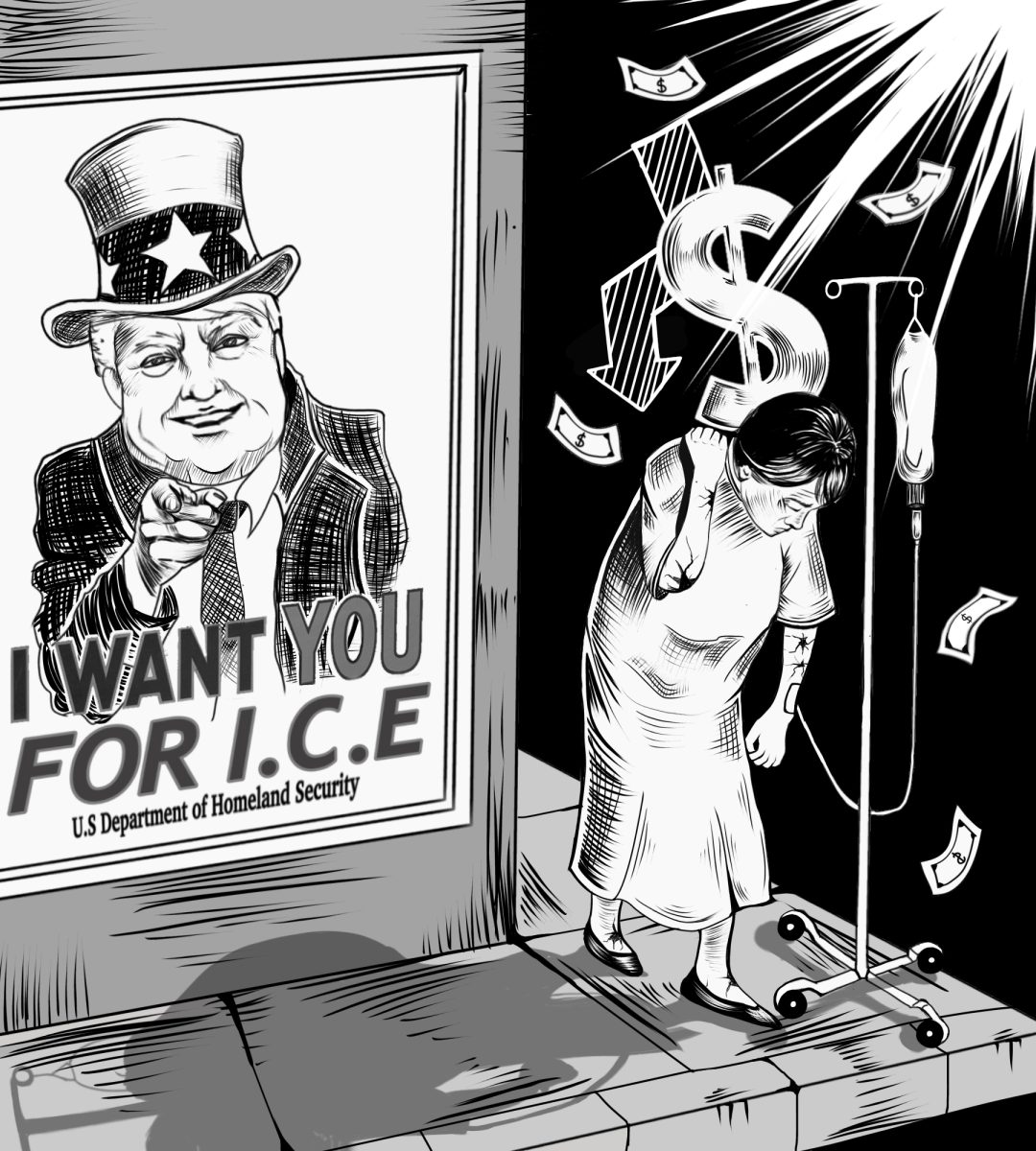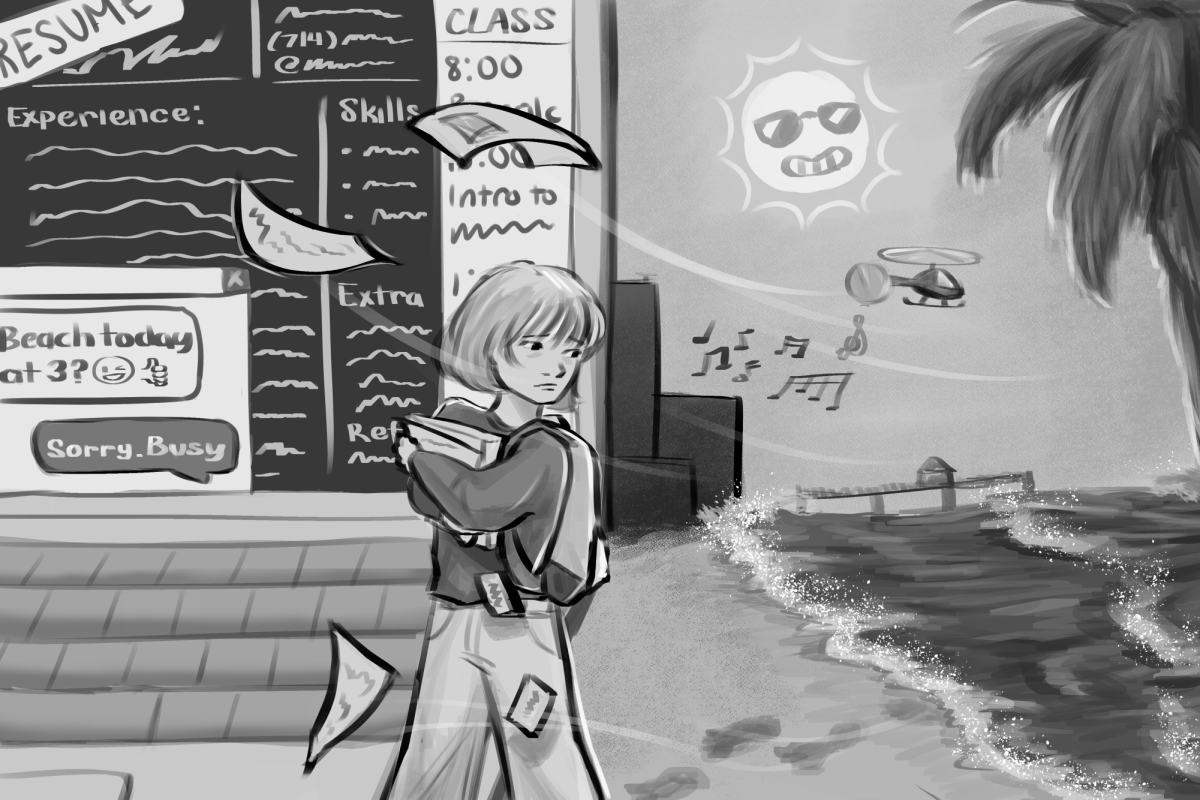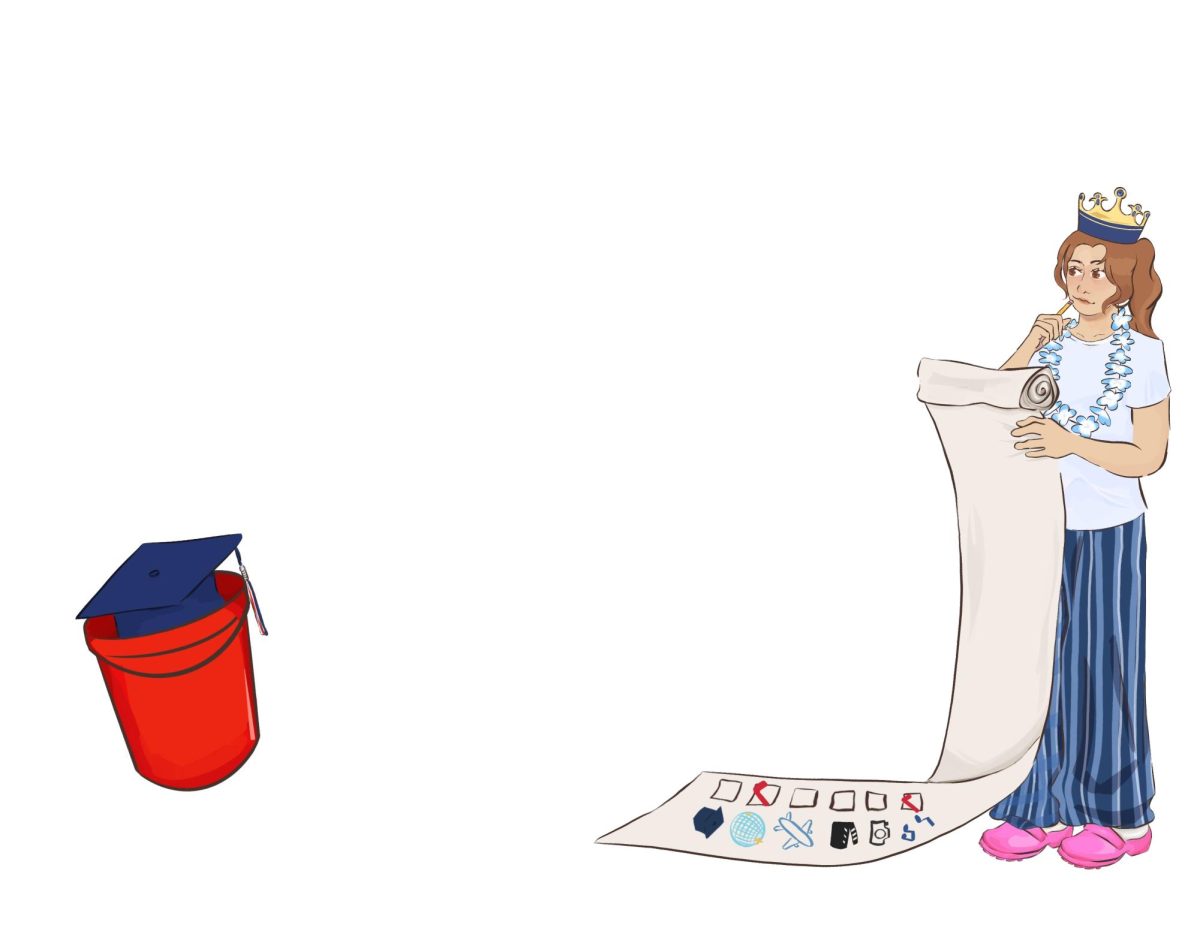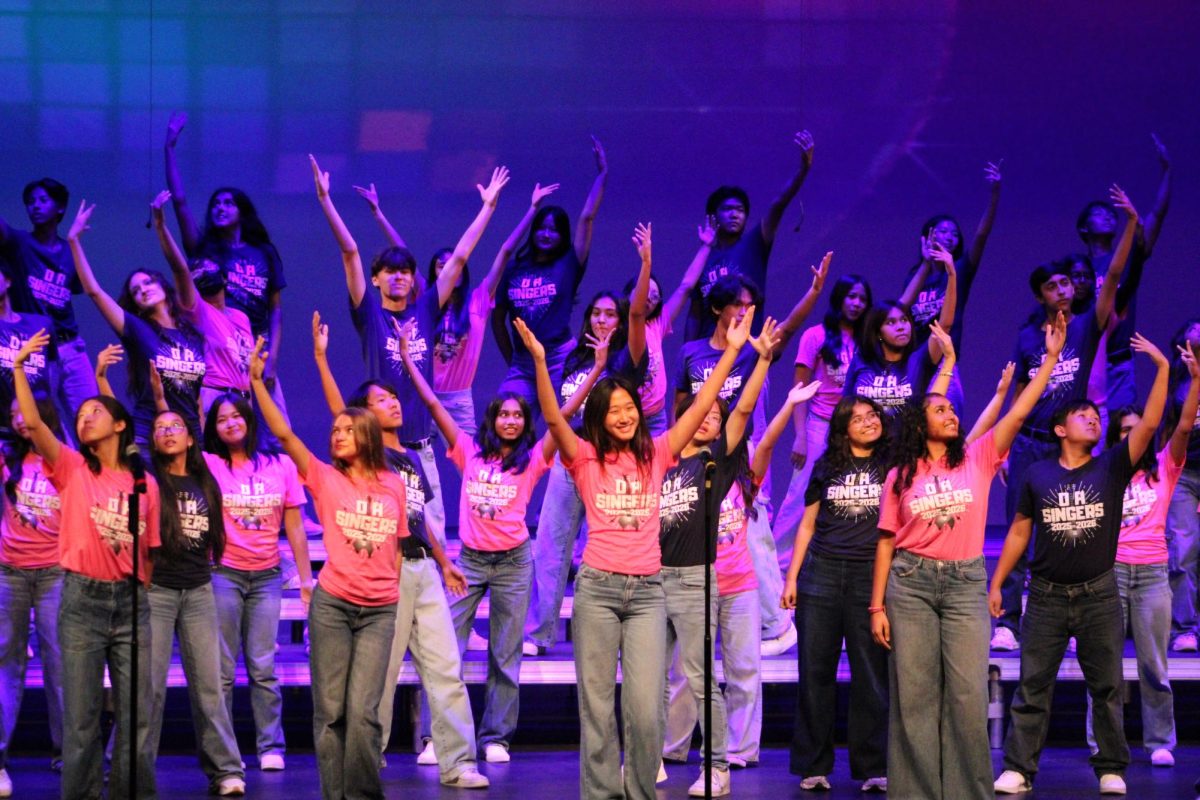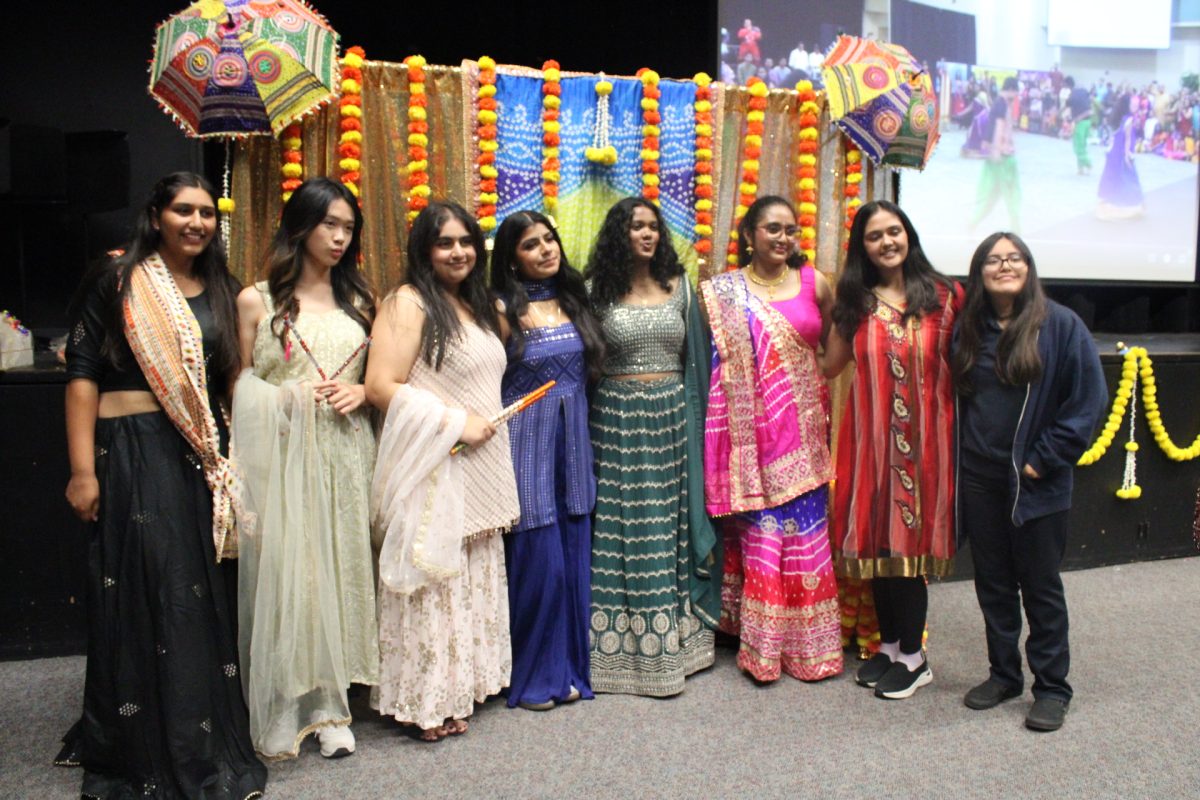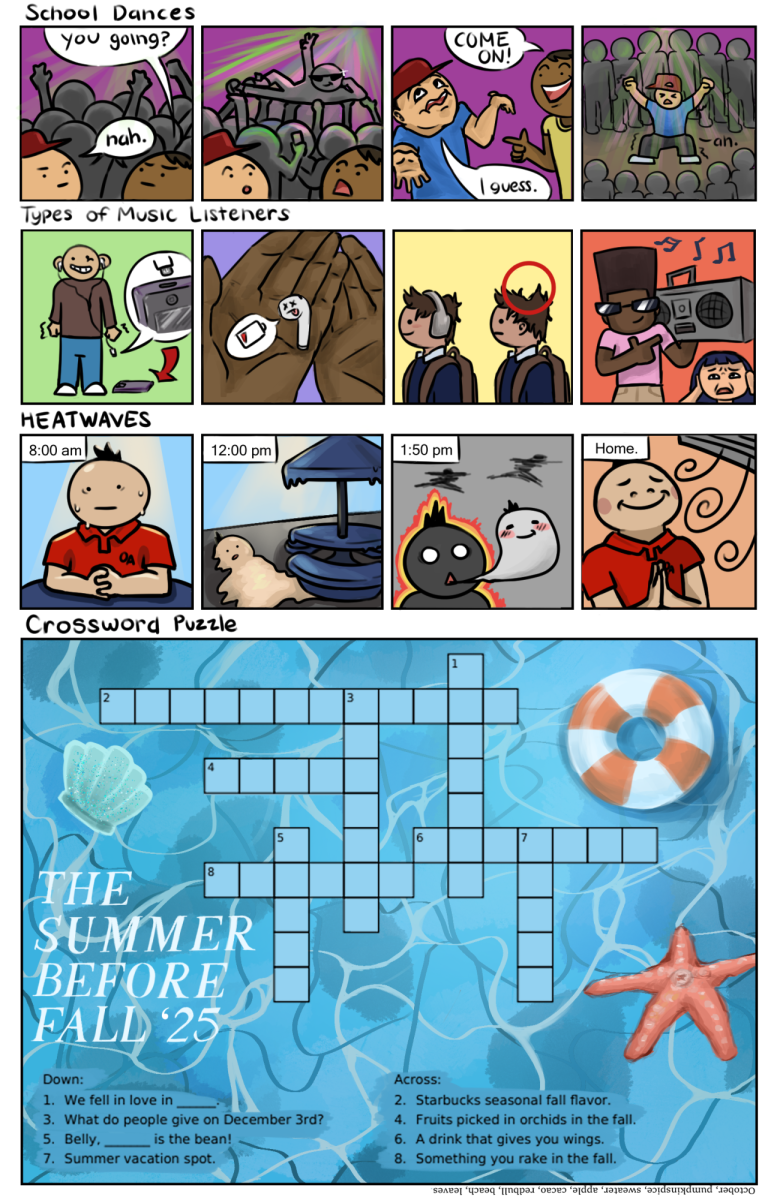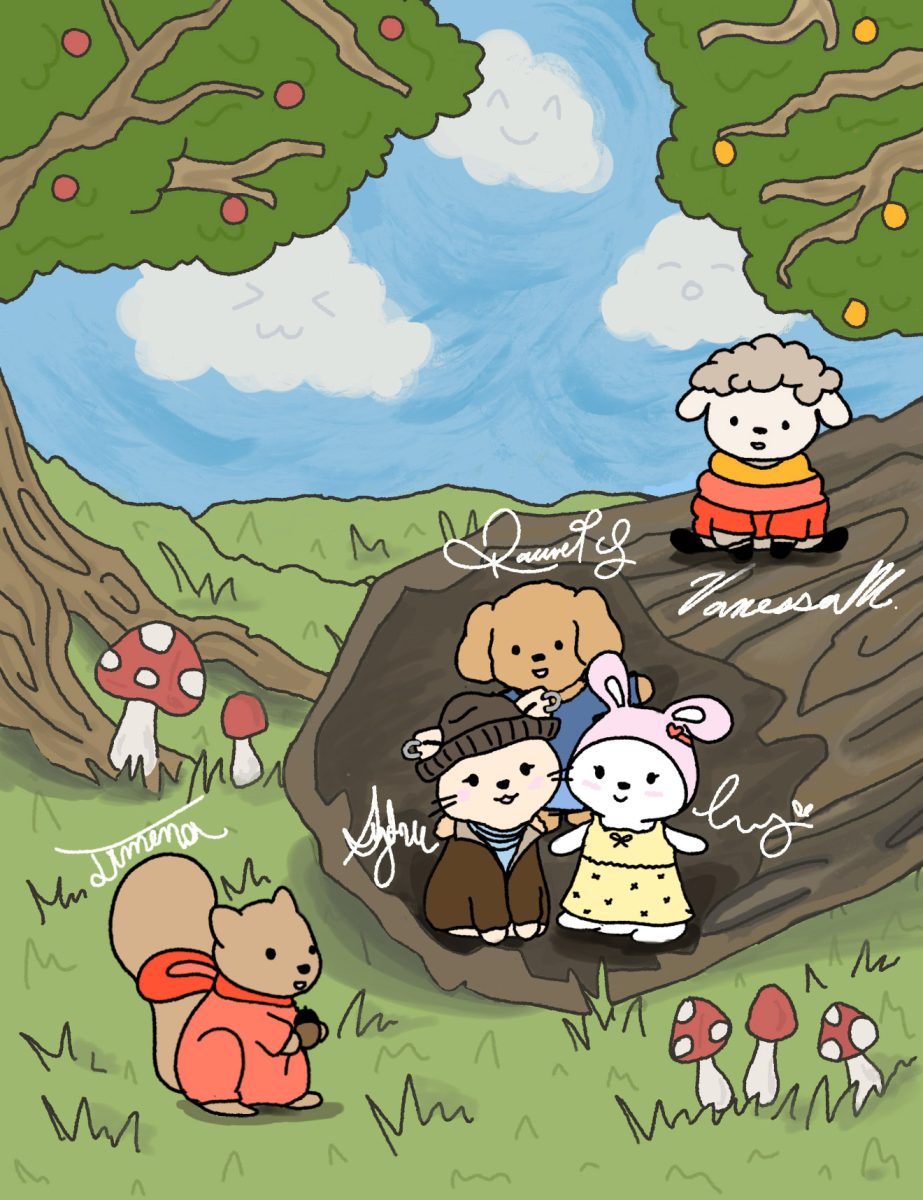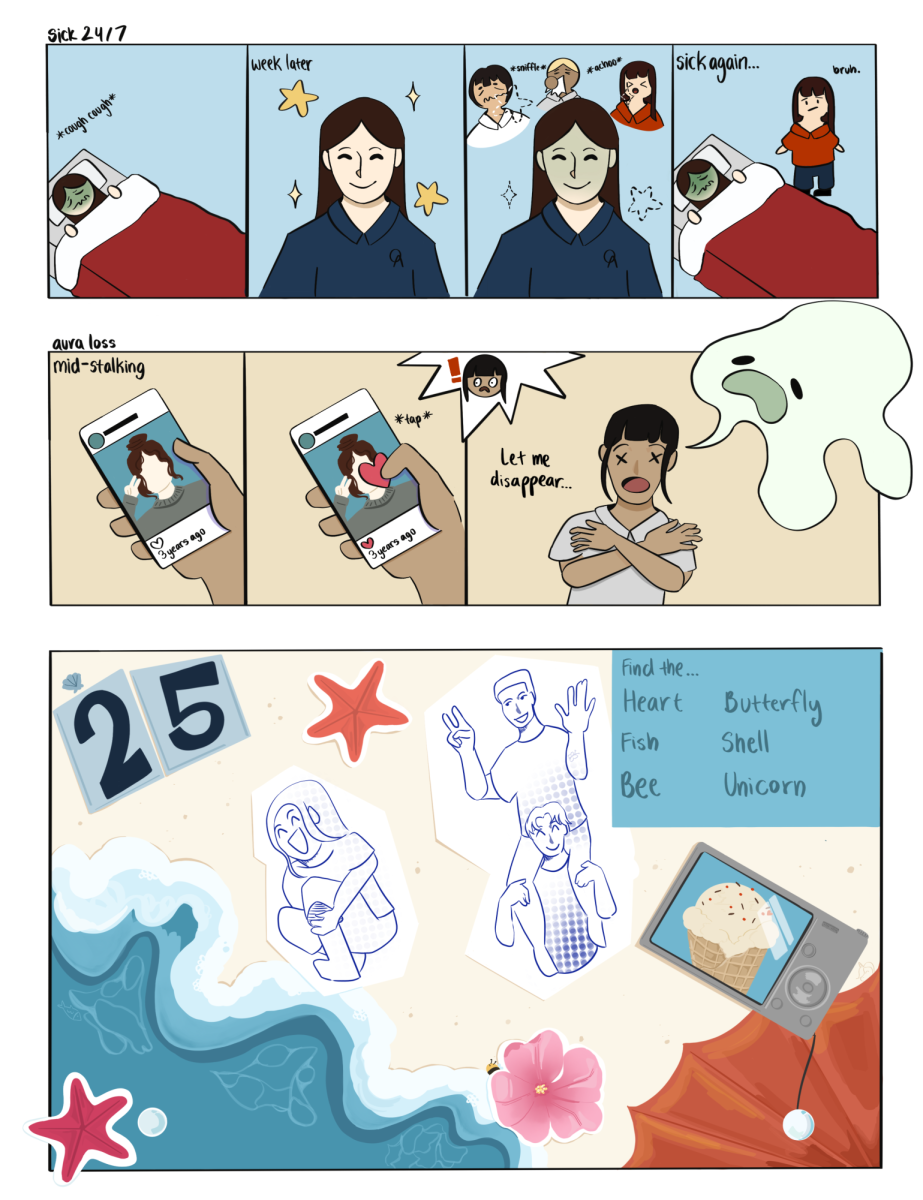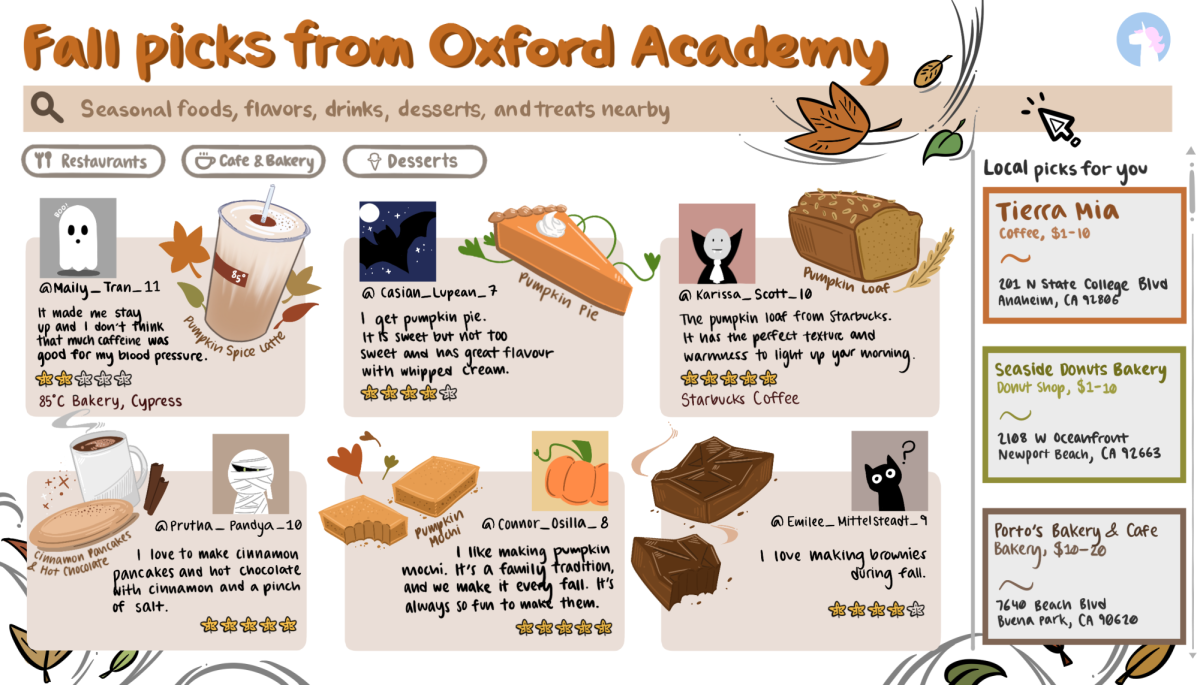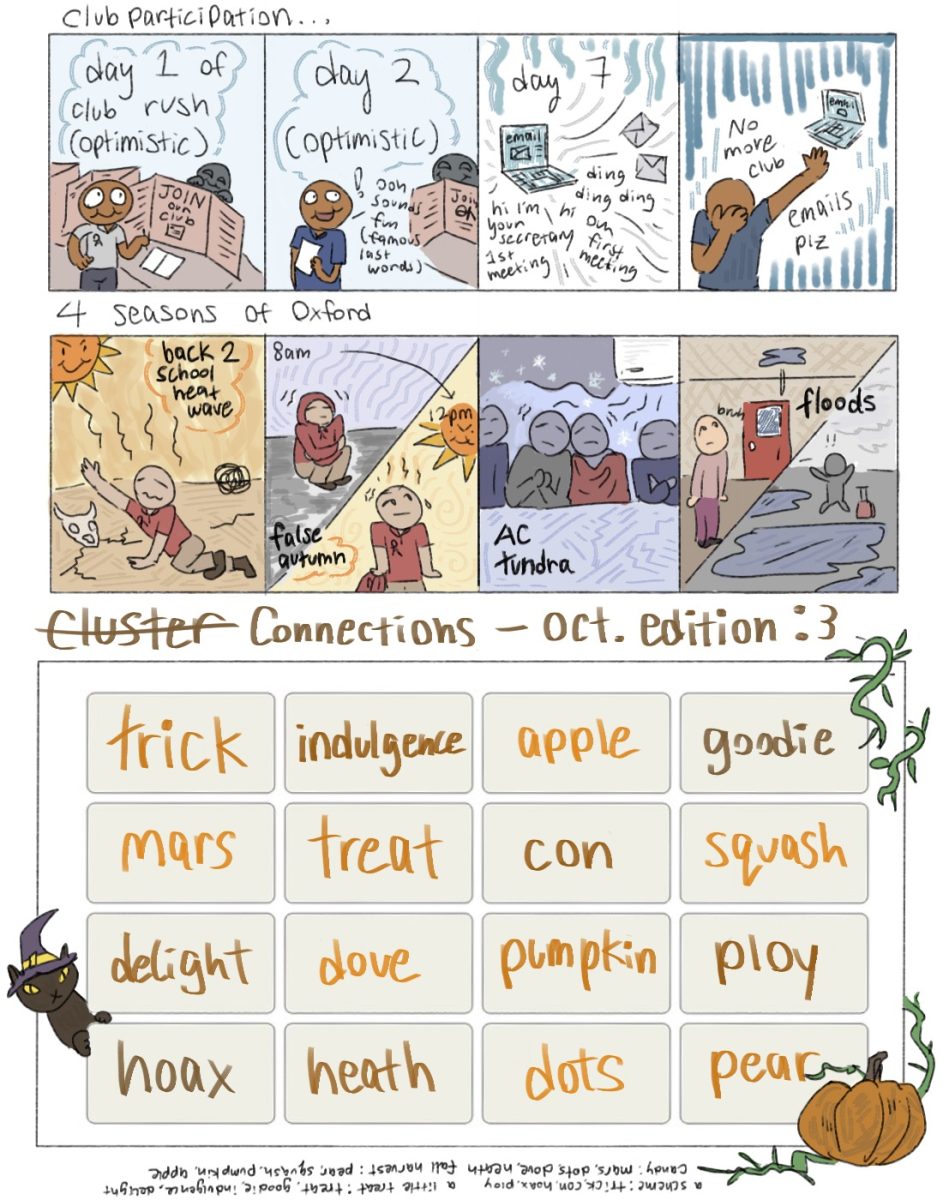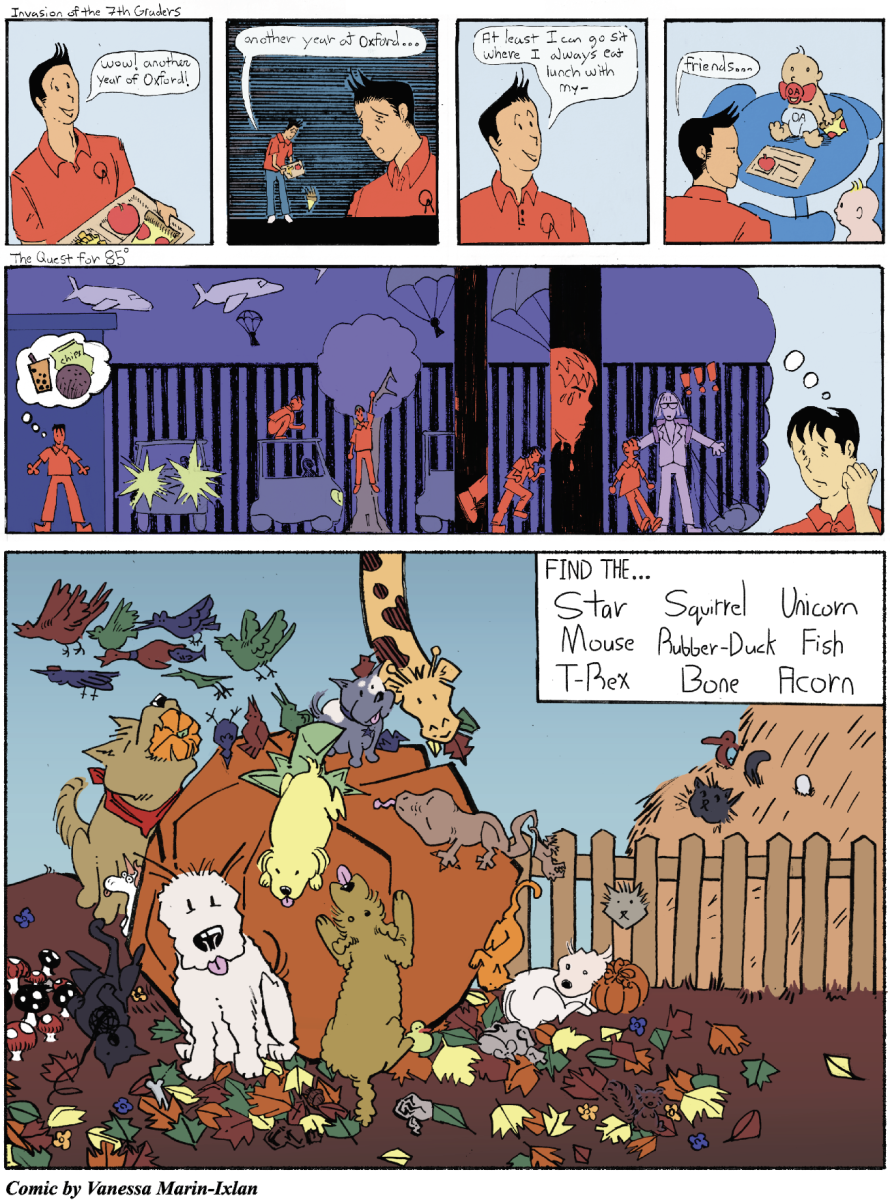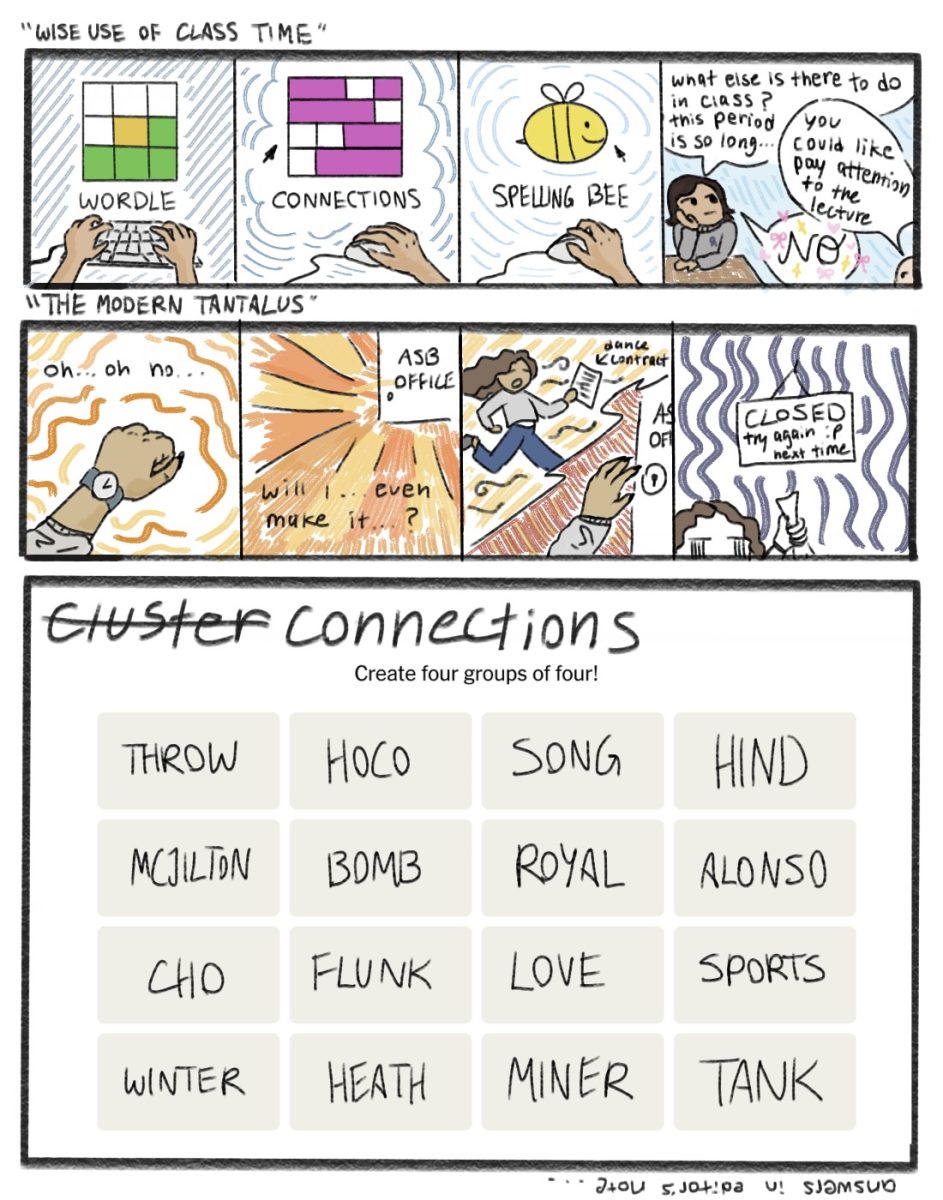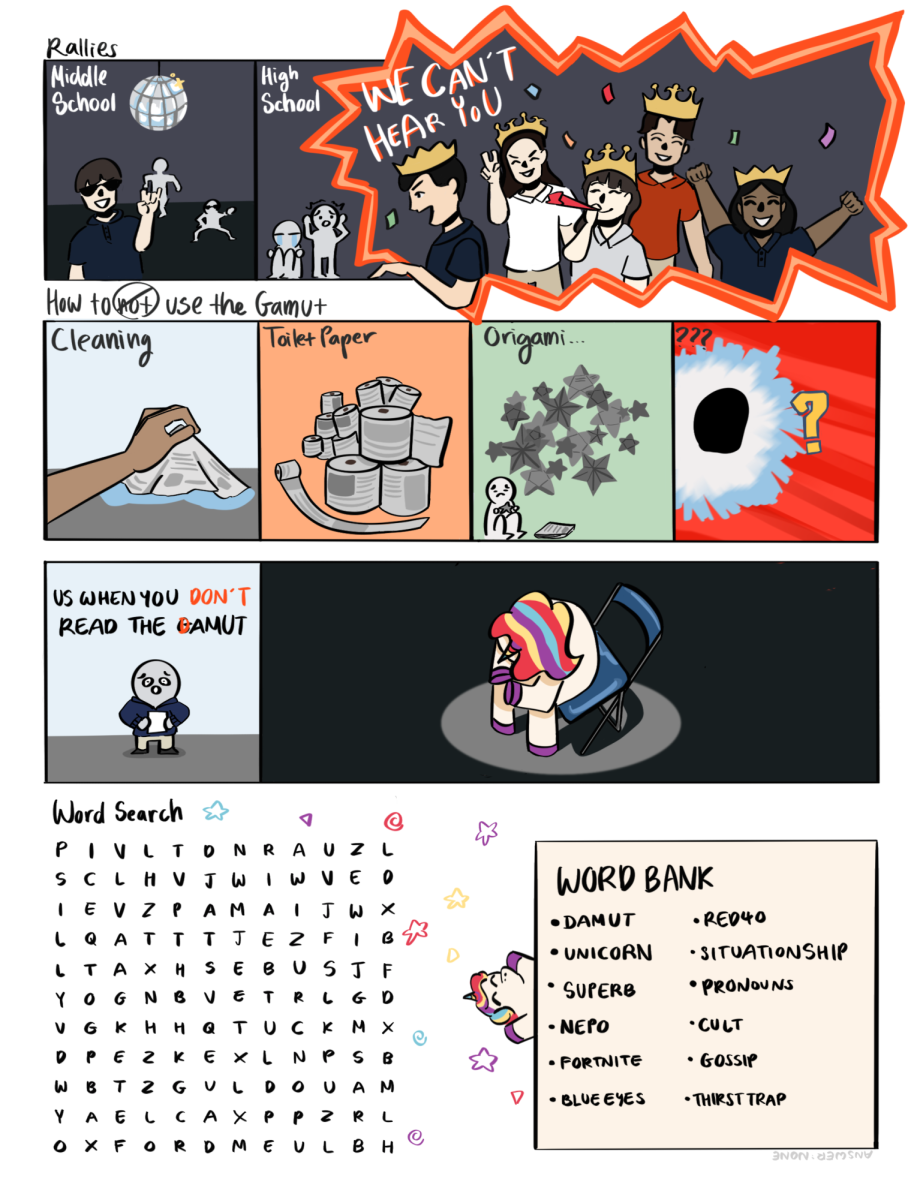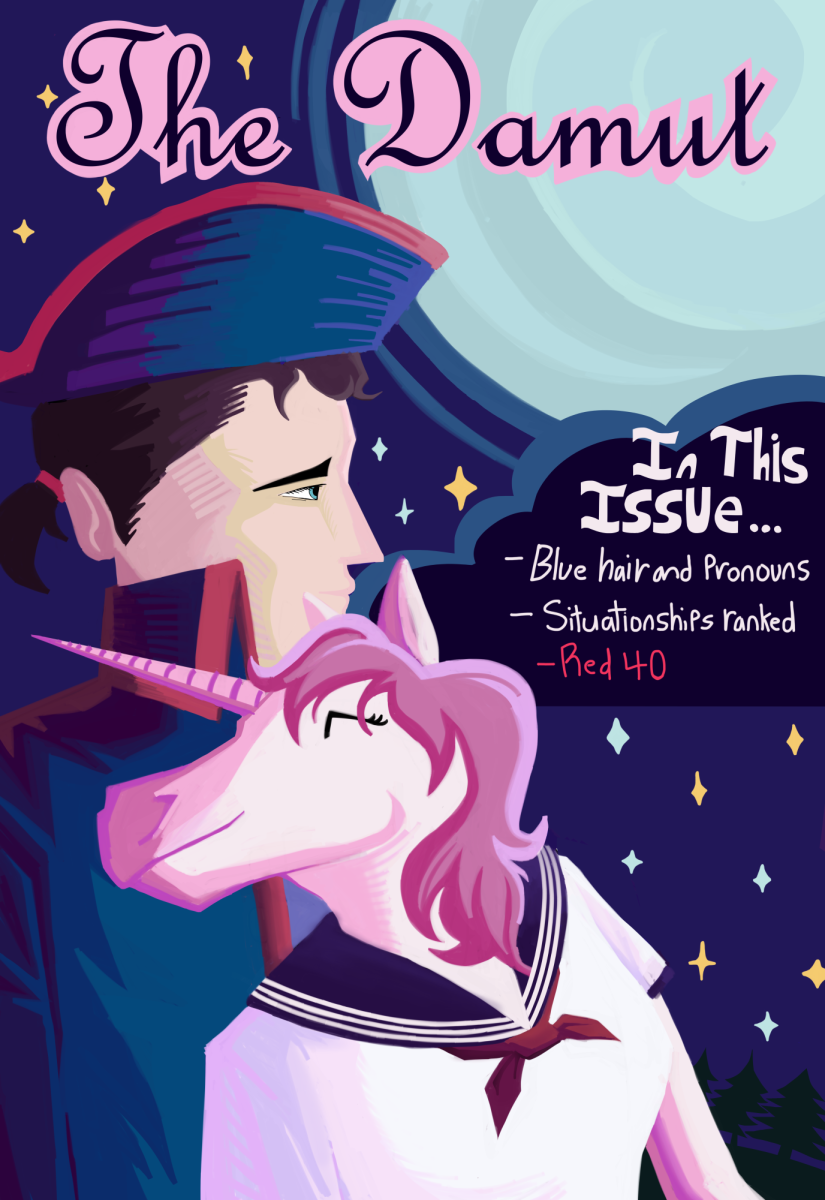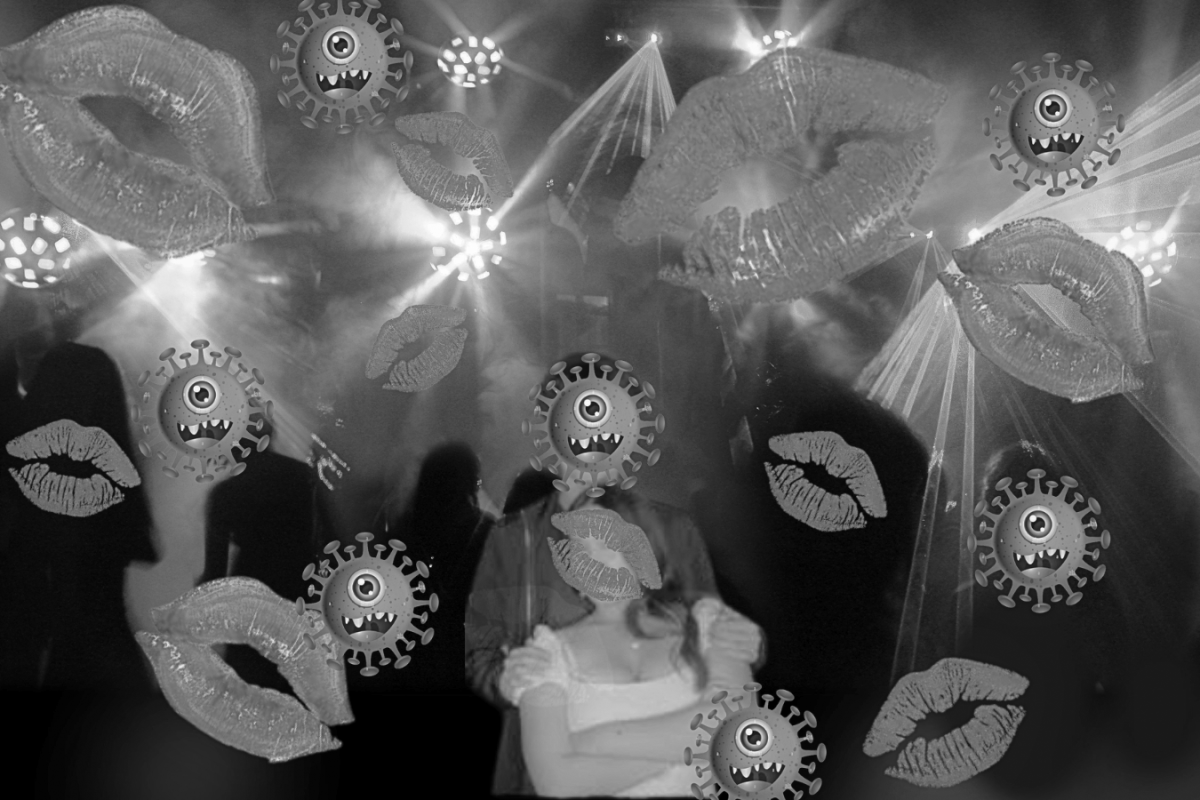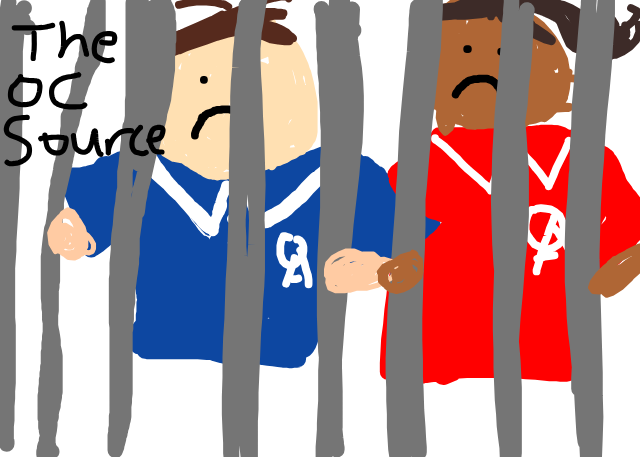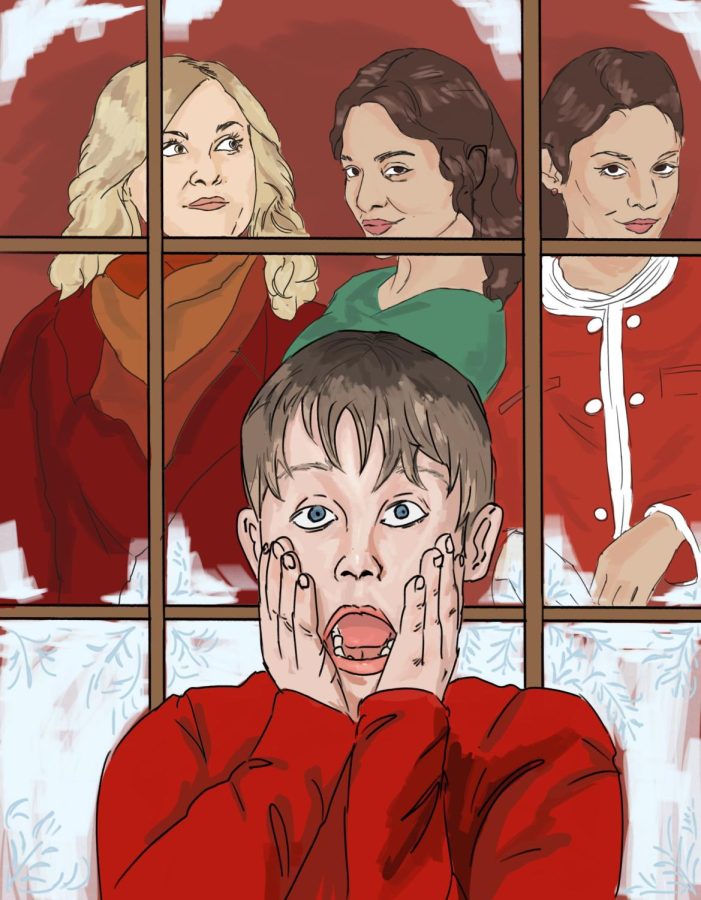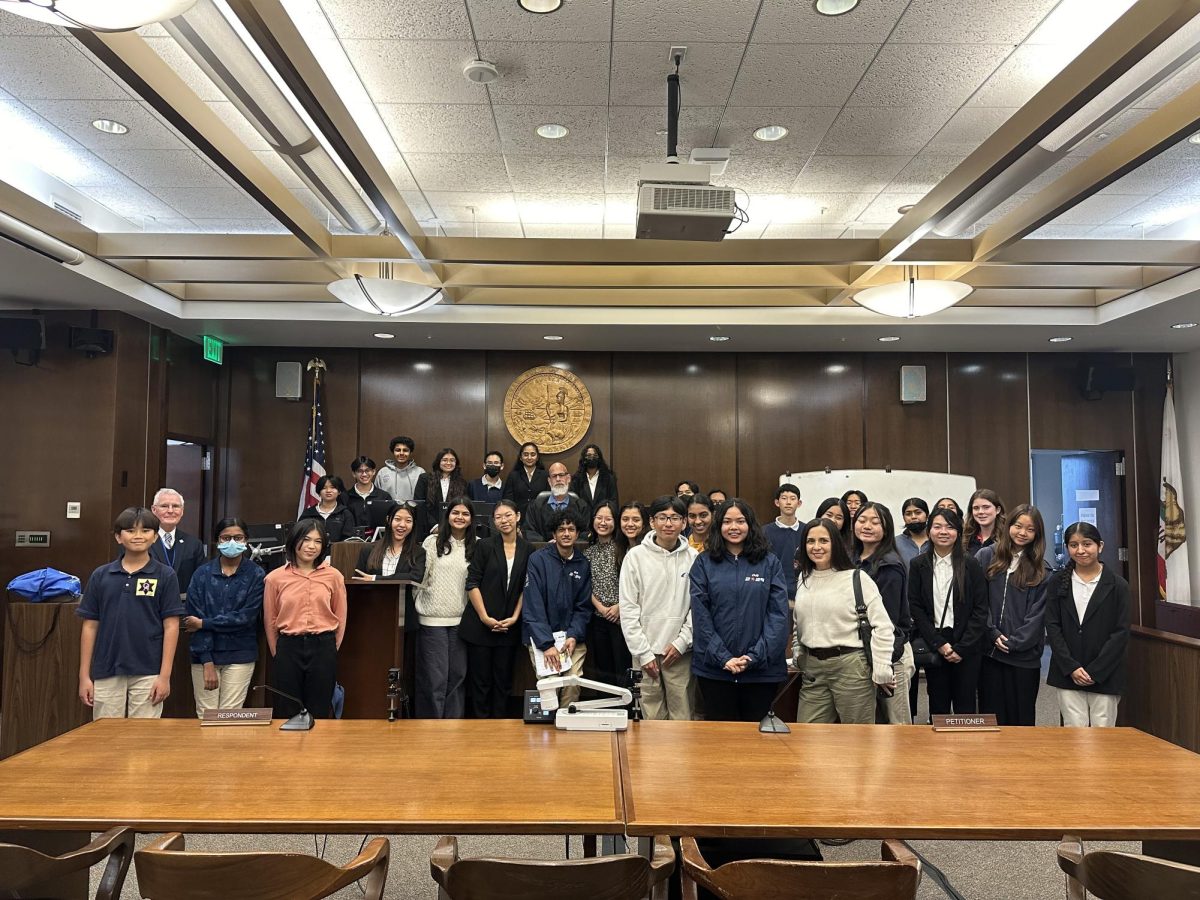As the mid-December frost begins to fill the air, there’s nothing like warming up with a fluffy blanket, a comforting cup of hot cocoa, and a jolly Christmas movie. However, those searching for new holiday content are bound to be disappointed as recent films, like “The Princess Switch,” “The Holiday Calendar,” and “Christmas Inheritance,” are unable to live up to the must-watch status of classics. Recent holiday flicks fall victim to the modern Christmas movie phenomenon, where drizzled on sweet sentimentality and copy-paste plots culminate into a mediocre viewing experience.
Classics are cherished because of their relatability and authenticity which contrasts the utopian movies that fill today’s cinemas. Scrooge from “A Christmas Carol,” (2009) George Bailey from “It’s a Wonderful Life,” (1946) and Kevin McCallister from “Home Alone” (1990) feel helplessness, loneliness, and even hatred, unlike the artificially cheery characters in modern films. Though their journeys may take a magical spin, these characters experience real-life struggles like being forgotten or dealing with being on the verge of bankruptcy that newer films substitute for fantasy excursions. Their relatable distress creates a fuller story that resonates with the audience while encompassing valuable themes of a holiday spirit.
On the other hand, modern Christmas movies are often too formulaic to be enjoyable. Almost always, a driven protagonist has to undergo meaningless trials to restore Christmas magic while falling in love and gaining a newfound appreciation of the holidays. Hallmark, one of the biggest producers of new holiday movies, omits drinking, swearing, and intense conflict. Shying away from featuring realistic challenges and instead featuring strictly G-rated content make these films one-dimensional and artificial.
Beyond today’s holiday tales having bland and repetitive plots, they are often dragged out into sequels. For example, “A Christmas Prince” and “A Princess Switch” were turned into trilogies, with each installment featuring a different holiday-themed surface-level conflict.” These movies simply reiterate the flaws of the original films, vomiting these shortcomings into sub-par sequels.
To lure in an audience, filmmakers have also tried remaking classics. “Home Sweet Home Alone” is a poorly executed film with the same plot as the original, though with a twist. Adding unnecessary depth to villains, the adaptation forces a layer of morality onto the audience, rendering the lighthearted mischievousness intent ineffective. A poor attempt to feign the nostalgia of the originals, many of these remakes are merely a desperate money grab.
Of course, people can indulge in a light-hearted tale with a sweet and simple plotline without it being well-developed. In addition, movie companies like Hallmark often operate with a budget of under a million, meaning they don’t have the funds to create cinematically intricate films. Nonetheless, feel-good movies don’t need to be basic. At the very least, producers should invest in creating plots that demonstrate depth rather than surface-level storylines.
Modern Christmas tales take the demand for light-hearted movies to the next level: they pump out artificially sentimental films that feign nostalgia. With cliche plots and mediocre characters, it’s no wonder audiences have lost hope in modern Christmas films and continue to rewatch the traditional assortment of Christmas movies that bring the holiday season to life.




